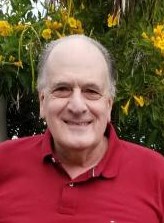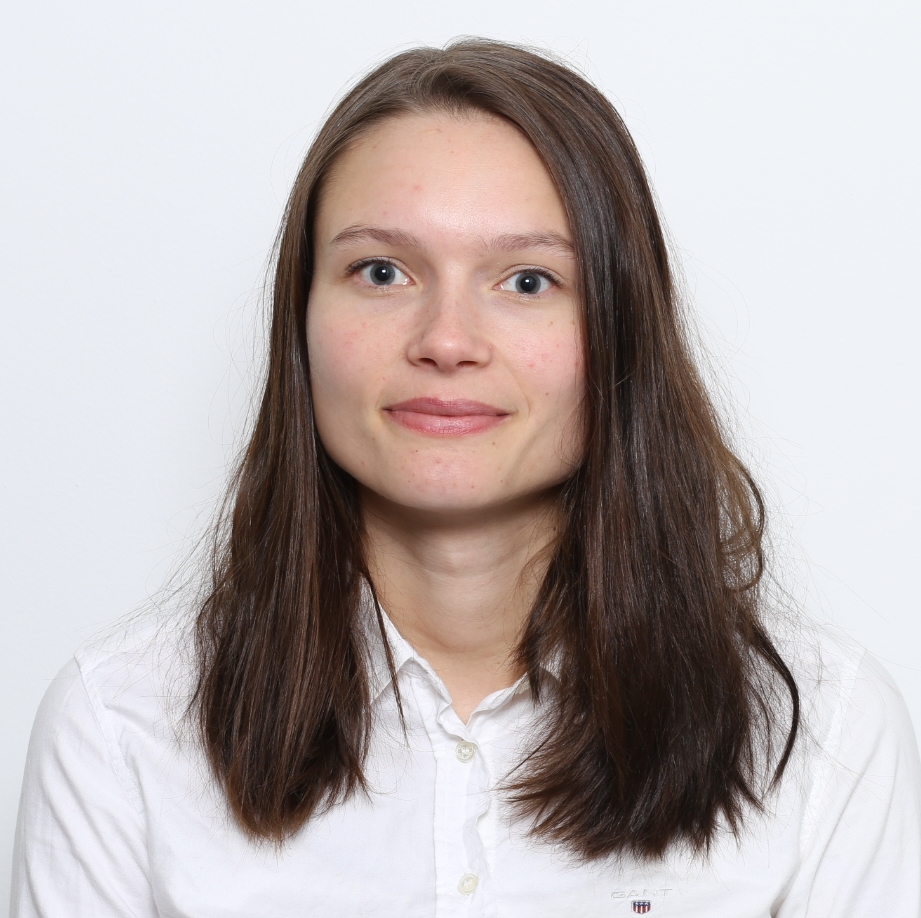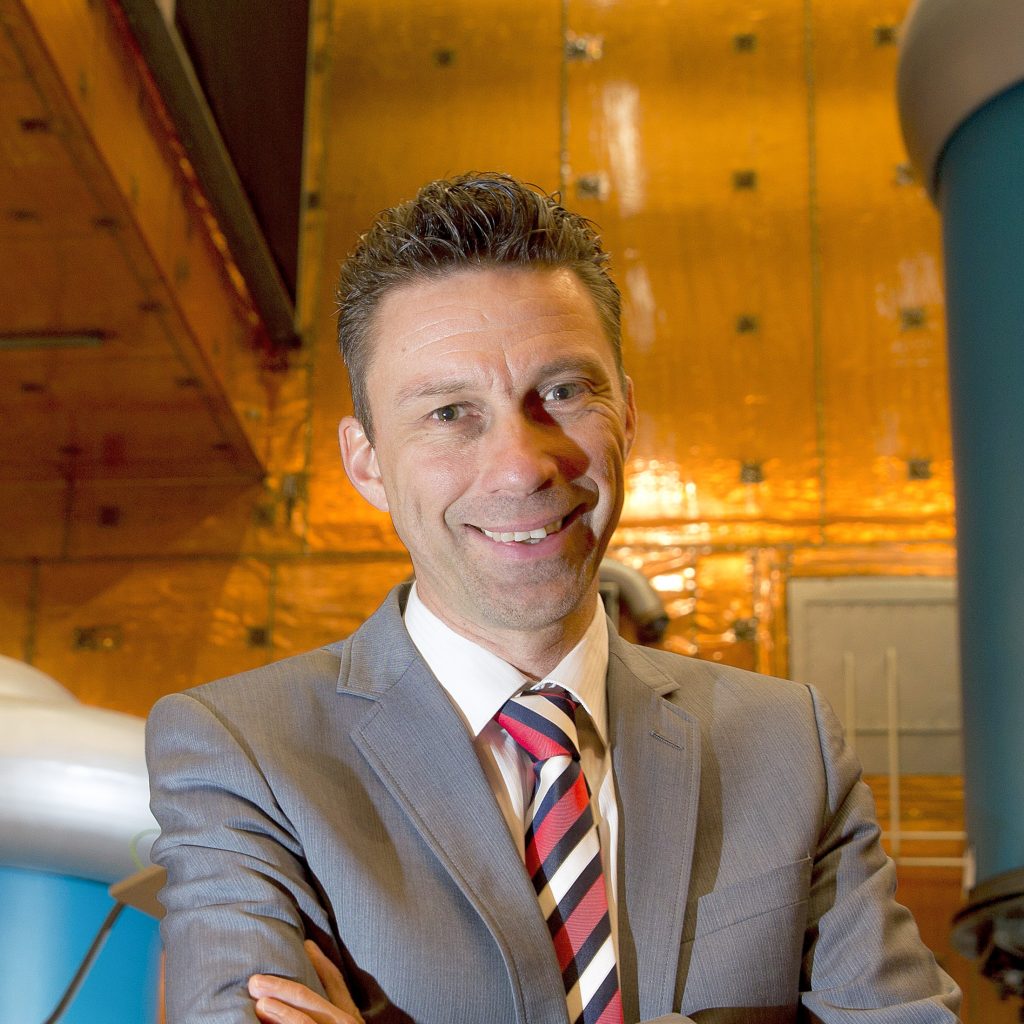Modeling and Simulation
Design of transformers for very fast transient overvoltages

Abstract Increasingly, for different technical-economic reasons, gas-insulated substations (GIS) are being used in electrical systems instead of conventional air-insulated substations (AIS).
The switching transients originating in GIS are completely different from those originating in AIS, with different frequencies, amplitudes and waveforms, and their effects on transformers have been a matter of discussion in recent years.
These transients are called Very Fast Transient Overvoltages (VFTO) and are characterized by a very steep front wave and high oscillation frequency. The rise time of such a wave is in the range of some nanoseconds (5 to 20 ns) and the peak value is about 1.5 and 2.5 p.u. of the rated operating voltage. The oscillation frequencies are in the range up to 5 to 10 MHz. IEC 60071 uses the term Very Fast Front Overvoltage (VFFO) for such overvoltage.
Conventional power transformers are designed to withstand the standard lightning and switching impulses (LI, LIC and SI according to IEC 60076-3). Modelling and behaviour of transformers for this frequency range (< 500 kHz) is well known, proved in the factory acceptance tests, and validated by successful operation in service.
For VFTO, no standard tests are available yet, therefore, the customer needs to define the VFTO test voltage to be considered in the design of the transformer.
Although there is no statistical evidence that these VFTO cause a higher failure rate than conventional overvoltages, the fact of not being able to test the withstand of the equipment to VFTO during the factory acceptance tests leaves a big question open. The design of transformers that can withstand the effects of VFTO represents a great challenge and we will present in this work the state of the art of the:
· dielectric design methodology
· transformer model requirements
· admissible electric field in insulating materials
· withstand of the different insulating structures
CV
Professor Álvaro Portillo studied electrical engineering at the Universidad de la República in Montevideo, Uruguay, graduating in 1979.
Since then, he has worked in design and development for several transformer manufacturers in Uruguay and Brazil; as an independent consultant for companies in the electrical sector in Bolivia, Brazil, Chile, Colombia, Peru, Panama, Costa Rica, Spain, Italy and Uruguay; and as a professor of electrical engineering and mathematics at the University of the Republic.
He is known for his work in developing advanced methods and software for transformer and reactor design.
He is a Senior Member of IEEE-PES, is a Fellow Member of CIGRE, is a National Representative for Uruguay in the CIGRE Study Committee A2 (Power transformers and reactors) since 2015 and participates representing Uruguay in the Technical Committee TC 14 (Power transformers) of the IEC.
He was a member of CIGRE working groups A2.38 on thermal modeling of transformers; A2/C4.39 on transient electrical interaction between power transformers and the system; A2/C4.52 on high-frequency models for transformers, D1.65 on mechanical properties of transformer materials and A2.57 on direct current magnetization of power transformers.
He is currently a member of CIGRE working group A2.60 on dynamic thermal behavior of power transformers, secretary of CIGRE working group A2.63 on impulse testing of transformers, member of CIGRE working group A2.76 on power transformer passive protection against internal arcing faults and secretary of CIGRE working group JWG A2/C4/D1.77 on design of transformers for very fast transient overvoltages.
He is a permanent member of the CIGRE AG2.3 “Technology” and AG2.8 “Low Voltage Application” advisory groups.
He is co-author of the “Green Book on Transformer and Reactor Procurement” published in 2022 and has written chapter 10 “Transformer Design Using Advanced Methods” of said book.
He has participated in the revision of the latest edition of the IEC 60076-7 standard (Power transformers –Part 7: Loading guide for mineral-oil-immersed power transformers) and currently participates in the revision of the IEC 60076-2 standards (Power transformers – Part 2: Temperature rise for liquid-immersed transformers) and IEC 60076-5 (Power transformers – Part 5: Ability to withstand short circuit).
Materials, Components and New Technologies
New Liquids for Transformers

Abstract The NewLifT (New Liquids for Transformers) project is a research initiative funded by the Norwegian Research Council and several industry partners, running from 2023 to 2027. In this paper, we summarise the project’s objectives and current findings. The main objective of NewLifT is to establish new knowledge about the thermal properties of different insulating liquids, with a special focus on Arctic conditions. The project is divided into four parts. The first part investigates how differences in viscosities affect steady-state and transient thermal behavior in transformer windings at low temperatures. The second part studies moisture diffusion in paper/liquid systems under dynamic loads. The third part examines bubble formation in paper/liquid systems under temperature increase. Finally, the fourth part investigates the withstand voltages of liquids at low temperatures.
CV
Camilla Espedal received her M.Sc degree in nanoelectronics from the Norwegian University of Science and Technology (NTNU), Trondheim, Norway in 2013, and the Ph.D. in physics from NTNU in 2017. She is currently working as a research scientist at SINTEF Energy Research, dept. of Electric Power Technology. Her research interests include thermal aspects of power transformers, numerical calculations and insulating liquids. She is currently managing the research project “NewLifT”, which focuses on thermal aspects of various dielectric liquids.
Transformer Life Management
Condition Assessment of Power Transformers based on UHF PD Measurement

Abstract Partial Discharge (PD) measurement is a crucial and effective method for ensuring the quality and reliability of insulation systems in electrical equipment. PD can be measured by either electrical PD measurements according to IEC 60270 or by electromagnetic measurements in the ultra-high frequency range (UHF: 300 MHz – 3 GHz). The electromagnetic emissions of PD are recorded using an UHF sensor which is inserted into the transformer tank.
The importance of PD measurements is reflected in the standard for charge-based electrical measurements (IEC 60270). Because of the standard, apparent charge, QIEC, is now an essential factor for determining insulation quality in transformers. To also be an accepted factor for both, quality testing in factory acceptance tests (FAT) or site acceptance tests (SAT) and continuous PD monitoring, the UHF technology must be reliable and reproducible. To achieve this, a calibration procedure was proposed in CIGRE TB 861 that makes UHF measurement results from different systems comparable. To ensure comparability, UHF PD measurements can be calibrated through a process similar to the IEC 60270 standard. This involves using specific calibration factors for both the measurement device (Kₘ) and the UHF sensor (Kₛ), allowing for precise and consistent data collection.
One of the most advanced techniques for PD monitoring is the UHF method, which offers significant advantages compared to charge-based measurements. UHF sensors are less influenced by external PD sources, such as corona discharges at bus bars, making them more reliable for detecting internal insulation defects. Furthermore, online PD monitoring plays a vital role in tracking changes in PD activity over time. Continuous supervision helps identify potential insulation issues early, preventing unexpected failures and ultimately improving the overall reliability and performance of electrical systems.
This contribution presents new findings regarding the calibration process of UHF PD measurements. Furthermore, several case studies with different power transformers equipped with UHF sensors and UHF PD monitoring systems are presented, which show the possibilities of improved condition diagnostics for power transformers.
CV
Stefan Tenbohlen received his Diploma and Dr.-Ing. degrees from the Technical University of Aachen, Germany, in 1992 and 1997, respectively. 1997 he joined ALSTOM Schorch Transformatoren GmbH, Mönchengladbach, Germany, where he was responsible for basic research and product development. From 2002 to 2004 he was the head of the engineering department. 2004 he was appointed to a professorship and head of the Institute of Power Transmission and High Voltage Technology of the University of Stuttgart, Germany. In this position his main research fields are high voltage technology and electromagnetic compatibility (EMC). Prof. Tenbohlen published more than 600 papers. He is member of the IEEE (Fellow), CIGRE study committee A2 (Power Transformers and Reactors), german committees of A2, D1 (Materials and Emerging Test Techniques), C4 (Power System Technical Performance) and several international working groups. Furthermore, he was convenor of CIGRE WG A2.62 “Analysis of Transformer Reliability”.